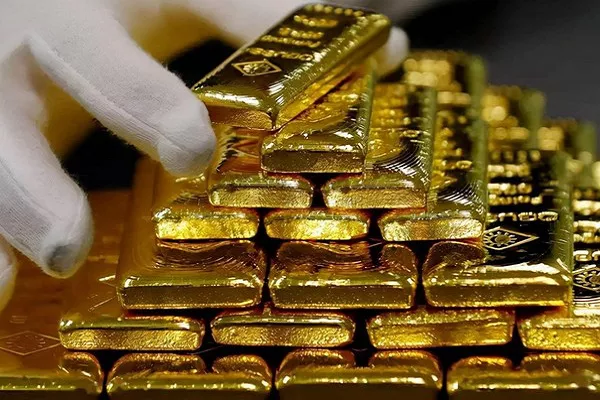Gold prices witnessed a retreat on Monday, impacted by technical selling, following a significant 3% surge in the preceding session. The surge was driven by escalating tensions in the Israel-Hamas conflict, prompting investors to seek refuge in the precious metal, which pushed prices beyond the crucial $1,900 threshold.
Spot gold saw a 0.9% dip, falling to $1,913.59 per ounce as of 0612 GMT, while U.S. gold futures dropped 0.8% to $1,926.80.
Gold is traditionally perceived as a safe-haven investment during times of uncertainty. Earlier in the session, it had reached its highest point since September 20, reaching $1,934.82, after an impressive 3.4% rally on Friday, marking its most substantial one-day gain in seven months.
Matt Simpson, Senior Analyst at City Index, noted, “We saw an extreme move to the upside on Friday, and such moves usually beckon some mean reversion.”
He added, “Given the surge in prices, gold will likely remain in focus for traders seeking to buy dips, which makes $1,920 and $1,900 areas of interest. But if tensions in the Middle East continue to escalate, shorting gold may not end too well for bears over the near-term.”
Speculators, who turned net short on COMEX gold for the first time since November 2022 this month, increased their net short positions during the week ending October 10.
Investors are closely monitoring whether the conflict draws in other countries, which could further elevate oil prices and pose fresh challenges to the global economy.
Christopher Wong, OCBC Executive Director and FX Strategist, stated, “If the situation is more isolated than widespread, then some of this haven-demand could unwind.”
In addition to Middle East developments, investors are keeping an eye on U.S. monetary policy, with anticipation surrounding Federal Reserve Chair Jerome Powell’s upcoming speech later this week.
In the broader market, spot silver declined by 0.7% to reach $22.55 per ounce, platinum decreased by 0.4% to $877.68, and palladium registered a 0.3% rise, reaching $1,151.19.


